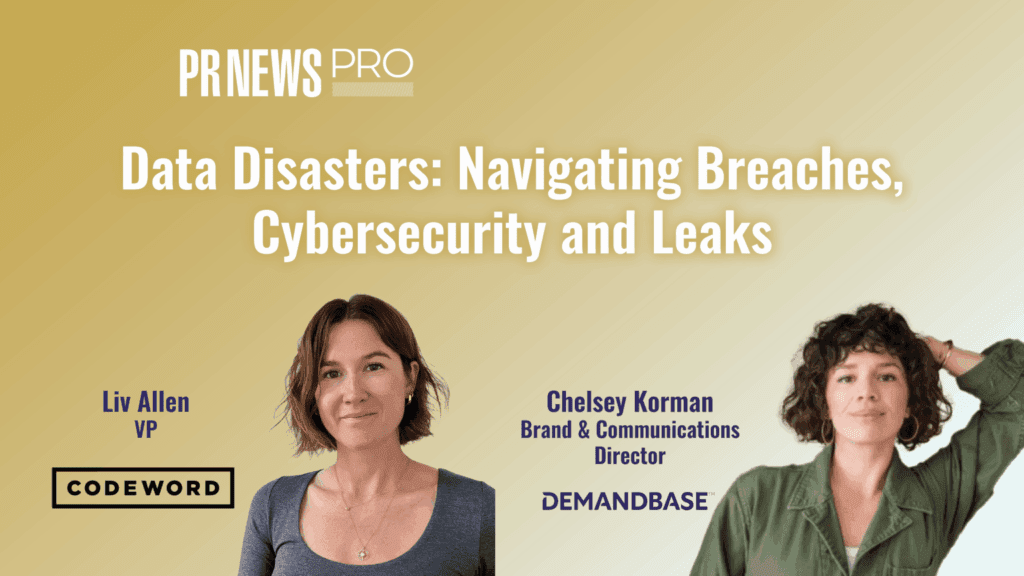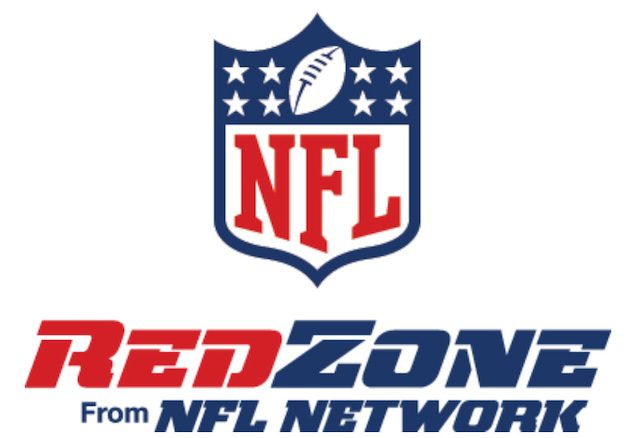QUESTION: HOW DO YOU USE SOCIAL MEDIA, BOTH PERSONALLY AND PROFESSIONALLY?
JANIE DOWNEY, EXECUTIVE DIRECTOR, NEW ENGLAND MAIL ORDER ASSOCIATION

I am a big fan of Facebook. I joined after my 30th high school reunion, along with about 100 of my classmates — it’s been a great way to be back in touch without sending individual e-mails. And I find many folks I work with in theater in the greater Portland, ME area post, so we keep in touch about auditions, post show pictures, and promote local performances. Most of my family is now on Facebook, which is great, but I did cut a deal with my two teenage daughters that I would not friend them if they would not friend me. I am a semi-fan of LinkedIn. I have a page but don’t go there much. My favorite use of LinkedIn is writing references for folks in the industry. If I were looking to hire someone full-time or as a consultant, I would definitely check them out on LinkedIn.
KEVIN DAHLSTROM, CMO, THINK FINANCE

On Facebook, I post three to five status updates a week — usually from my IPhone — but I’ve never played a social game. I rarely post updates to Twitter, but I use it every day to follow business thought leaders, professional athletes, and a few celebrities. I’m an avid cyclist so I follow Lance Armstrong, Levi Leipheimer, and a few other top pros. It provides a fascinating glimpse into their day-to-day lives. I’ve been a LinkedIn user for years and primarily use it for recruiting. I’m more selective about who I connect to on LinkedIn than on Facebook — my policy is to accept invitations only from people I’ve worked with directly. Before Facebook, I posted to my blog (camp4.wordpress.com) almost daily. Now I only post occasionally when I feel inspired to comment on a business issue, share an idea or describe the details of a vacation. Because blogs are indexed by search engines, some of my posts get a surprising amount of traffic. For example, my Superfood Smoothie recipe has been viewed over 10,000 times!
REGGIE BRADY, PRESIDENT, REGGIE BRADY MARKETING SOLUTIONS

In social media I’m probably a six on a scale that starts at Luddite and ends at expert user. My main online persona is a business person. And, I’ve got only so much time to devote to social. LinkedIn is, by far, my most valuable resource. I don’t accept every invitation, but I do accept those who I know or have connections with in my industry. Two years ago, I wanted to be highlighted as someone who had 500+ connections, so I reached out to my contacts. Since then, I occasionally look at “People You May Know” and only connect with people I know well or selectively respond to invitations. I belong to about 10 LinkedIn groups. I read every forwarded e-mail, but I post occasionally on topics I care about. I’m afraid to sign up for too many additional groups because that means more e-mail to read and/or filter. I do find LinkedIn invaluable in keeping up-to-date with contact information. I use Facebook only for social purposes, and I experiment with being a friend of retail sites just to see how they follow through. I’m dismayed when I see how many companies use Facebook for branding and not data collection. I have yet to embrace Twitter. I find it hard to impart meaty concepts in 140 characters.
MARK TROMBETTA, VICE PRESIDENT, DIGITAL & E-MAIL PRACTICE, TELEMATCH, INC.

On a personal level, I make use of social media to reach out to former colleagues and classmates, keep in touch with global or macro-issues I care about, and stay on top of goings-on that affect me locally, too. I must say that I have become much more proficient and resolute in my usage since my oldest son headed off to Boston College this fall. While he’s often too busy to call, he’s readily available for a quick update or down load online. Going forward, social networking will follow a traditional lifecycle and path not unlike e-mail and mobile solutions. As the medium matures, we will see — and are already seeing — more mainstream, formal solutions replace ad-hoc and non-structured approaches. This will ease and enable greater integration with other marketing and service communications, with conventional delivery mechanisms and performance reporting metrics.
GOT A QUESTION YOU’D LIKE TO POSE TO THE TOP MINDS IN THE INDUSTRY? Like to participate as a “Chieftain” yourself? E-mail brian.quinton@penton.com or beth.negus@penton.com.
 Network
Network

























